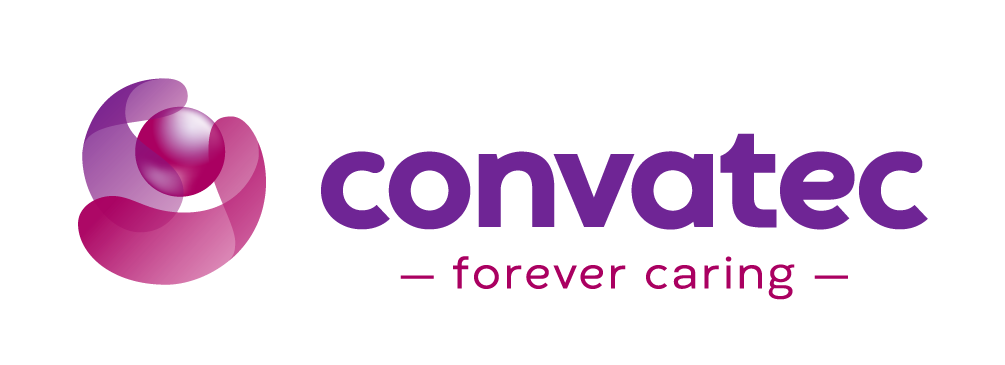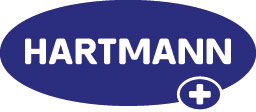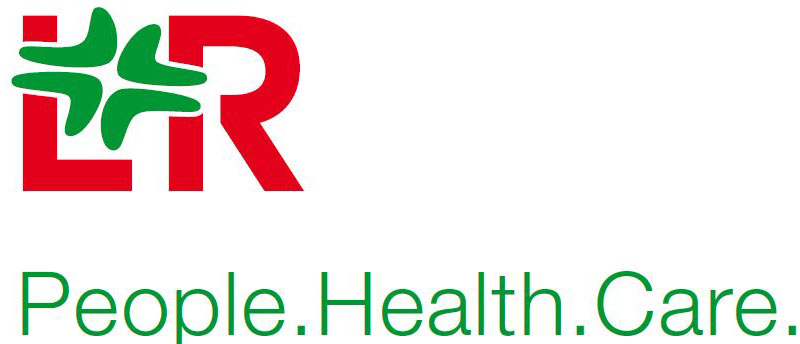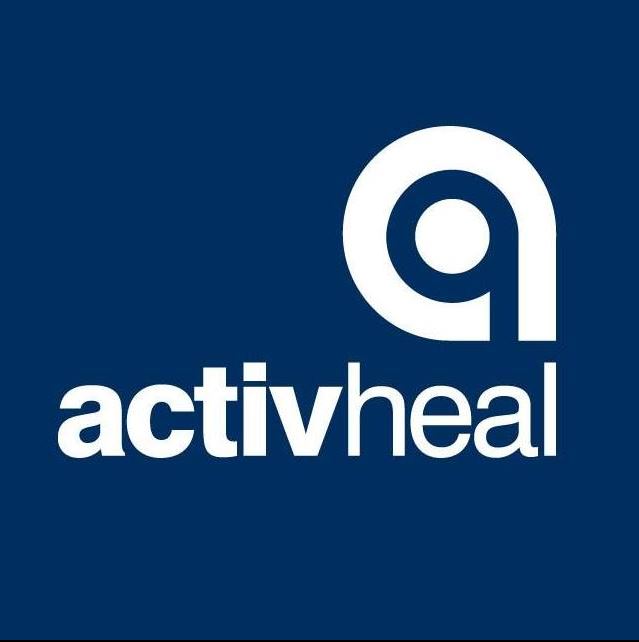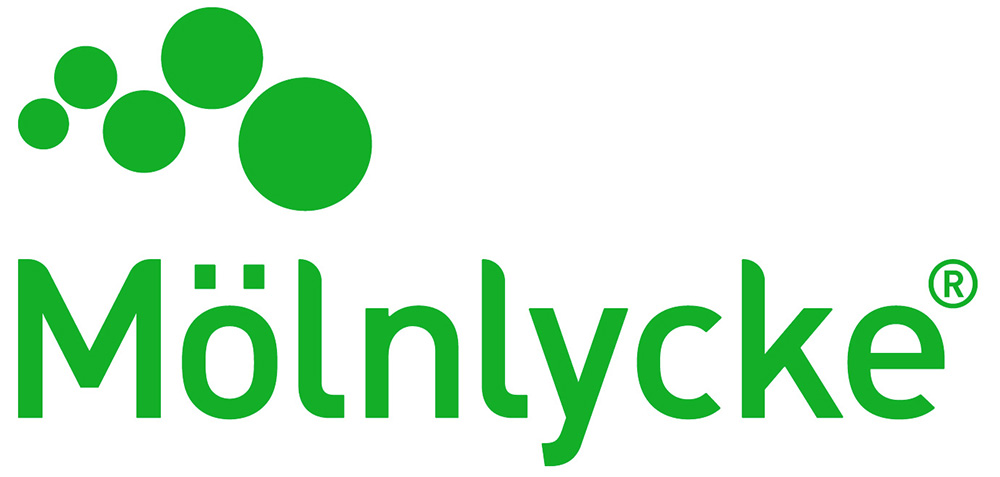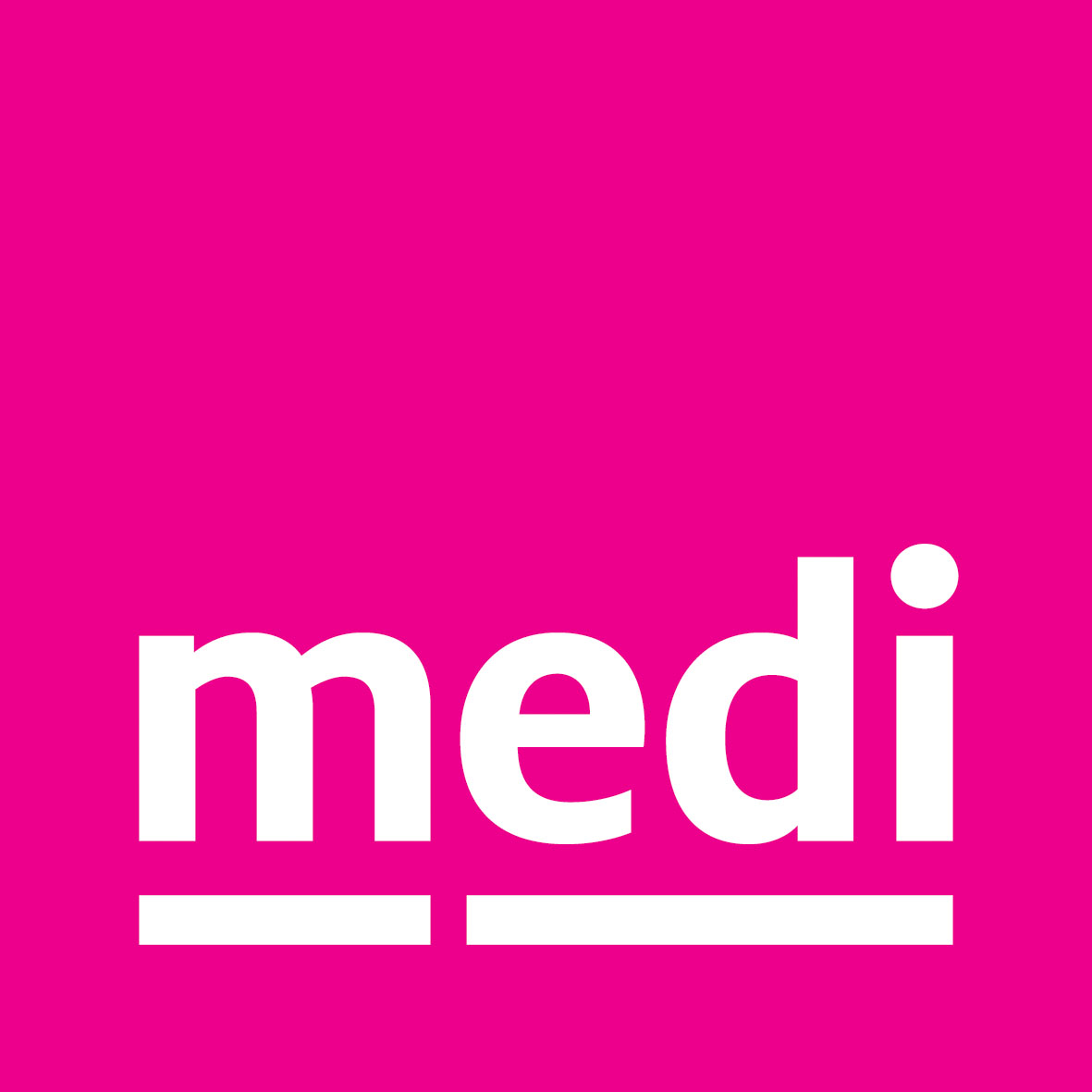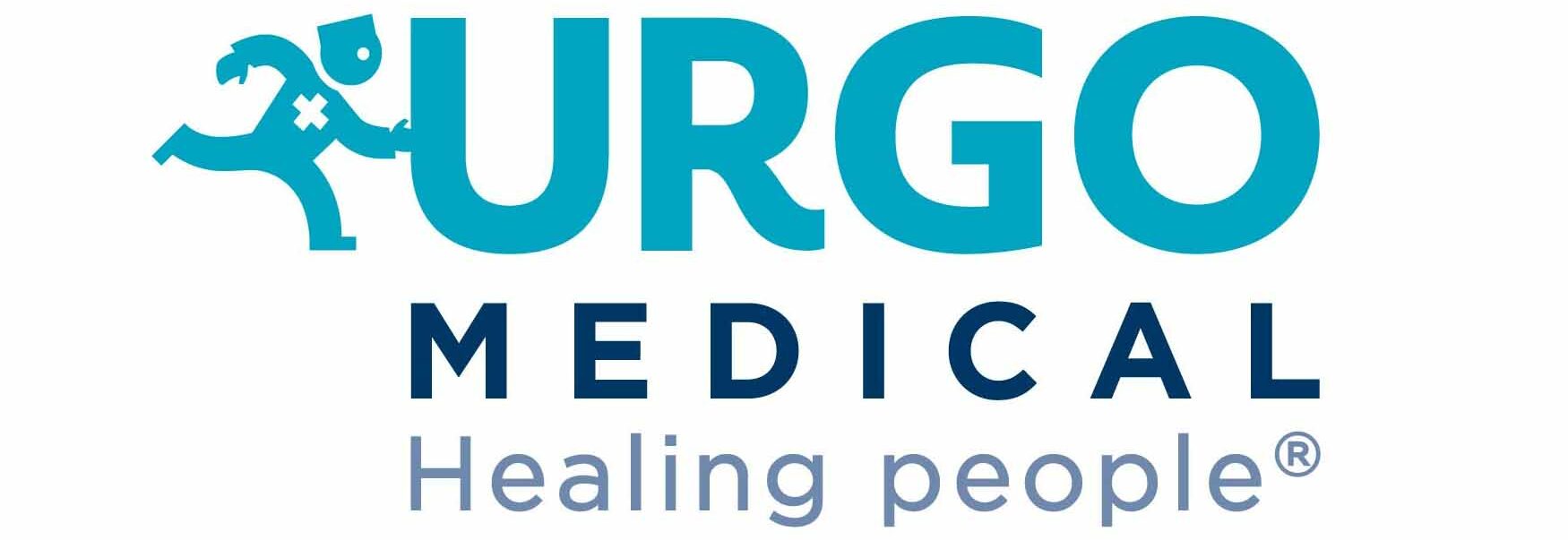Lourdes Rivera

Lourdes has 20 years nursing experience in an acute surgical ward and 5 years as Tissue Viability Nurse.
She completed a Tissue Viability Course in 2022 at Kings College London. She has been involved in an Innovative and Quality Improvement project regarding Equity in care: Skin tone diversity education in pressure damage prevention since 2022 and won a Silver award this year both in the Journal of Wound Care under Pressure care category and the British Journal of Nursing as Wound Care Nurse of the Year 2025.
She published articles both in 2023 and 2024. Her team also won the WeImprove award and Inclusion Award last year (2024) and were winners at the awards ceremony for Barts Health Heroes.
Free Paper and Poster Presentation (QI/Service Development) at The Society of Tissue Viability 2025 Conference
Equity in care : Skin tone diversity education in pressure damage prevention
Abstract
Background – With the publishing of the Best Practice Statement about skin tone bias in 2021 the Tissue Viability Team (TVT) realised potential bias in skin assessment was impacting our patients with dark skin tones. The spike in the number of hospital acquired pressure ulcers (HAPU) in Oct 2022 underscored the urgency of addressing this issue systematically. A collaboration between the TVT and Patient Safety Nurse and Quality Matron commenced in December 2022 and drove a meaningful change.
Methods – The team conducted retrospective deep dive and root cause analysis to investigate the factors contributing to the spike of HAPU.
- Addressing systemic bias – break down the bias of skin tone across classification of skin damage.
- Review existing assessment tools and protocols.
- Implement comprehensive training to all staffs.
- Engage diverse stakeholders.
- PLAN: Review all current teaching materials to include photos showing skin tone diversity. Organise teaching sessions and awareness events.
Results – Following the review and analysis of the date, interventions were devised.
DO: Use our patients medical photography to enhance the impact of the teaching sessions, including the photos of PU’S dark skin toned patients. Usage of both “Seymour” wound care models ( light and dark skin tone) for clinical induction teaching sessions, to widen their educational reach.
STUDY: All staff were now trained and Skin Tone assessment tool is now included in the nursing book. Staff are more aware of skin tone bias in patient care.
ACT: All new RN and HCA’s in the hospital received face to face training in induction that includes skin tone diversity awareness talk and TVT updated their documentation highlighting patient with dark skin using Talk, Look, Feel/touch approach.
Conclusions – After years of “REACT TO RED”, we have broken down the barrier to dark skin assessments and demonstrate undergoing inequities and systemic bias. Our staff are now more aware of how skin tone may affect the ability to see skin damage and how to assess all skin tones. While the number of acquired HAPU continue to decrease in numbers up to this time , as a good result of this Quality Improvement project.

